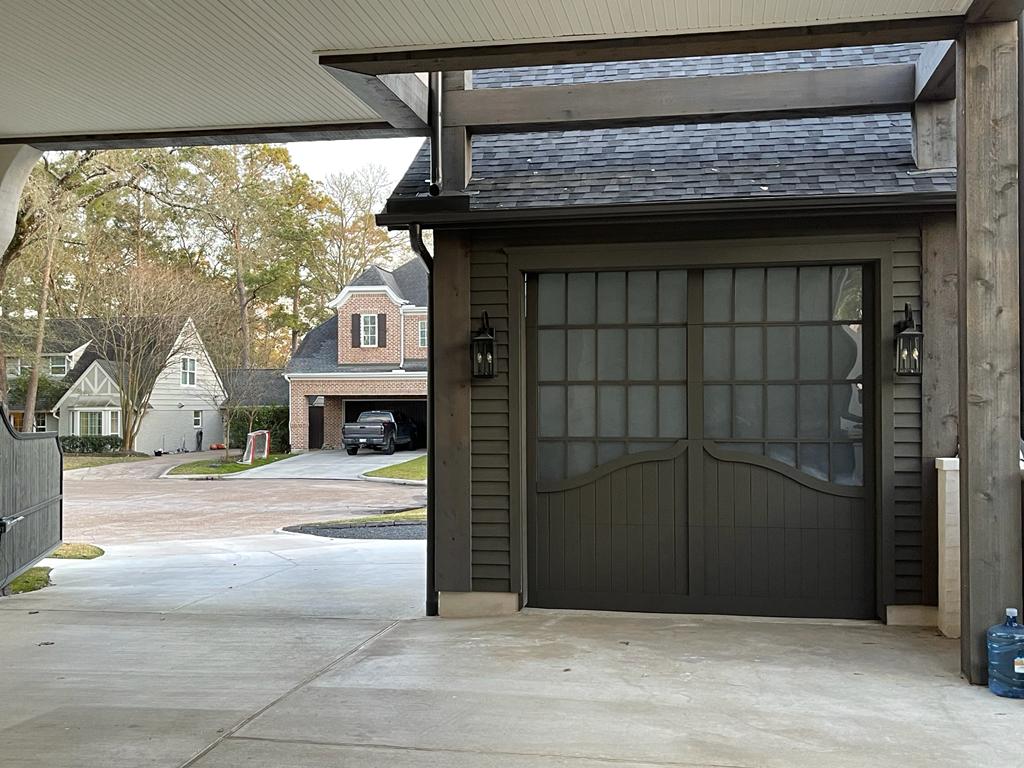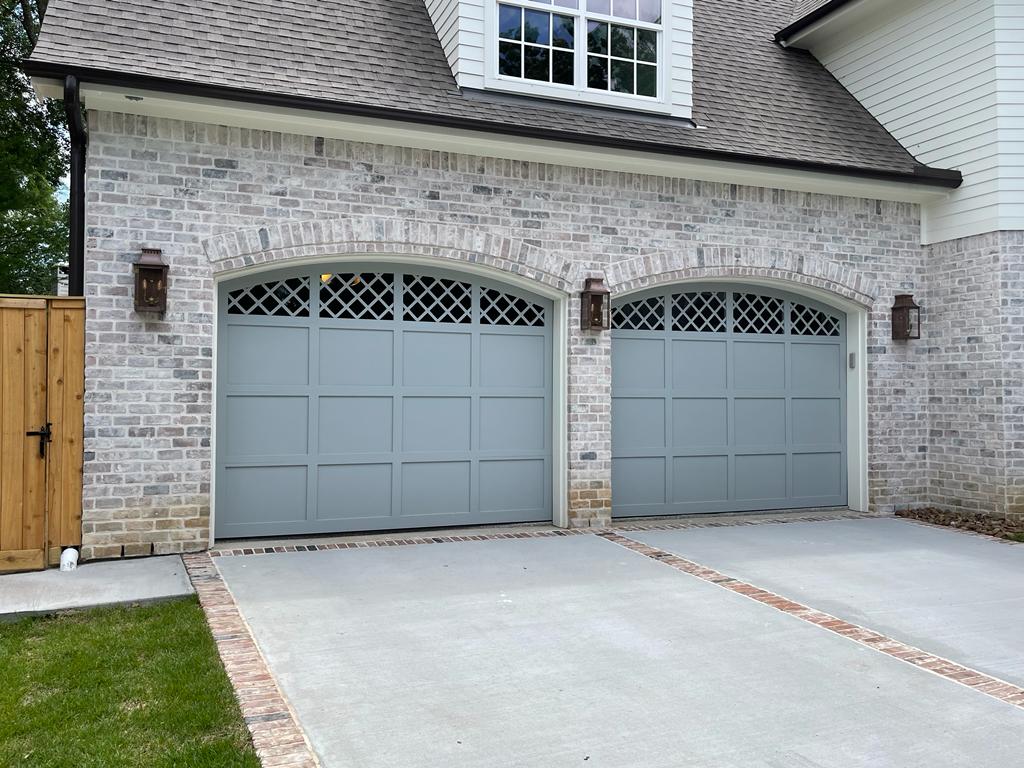Garage Door Parts in Spring, Texas
Garage Door Parts Spring, TX
Ah, the humble garage door. We use it day in, day out, but rarely think about what makes it work so seamlessly—until it doesn’t. That’s when we realize there’s a whole orchestra of parts performing in harmony to get that door up and down. In this guide, we’ll take you through the key players in this performance. Let’s get the garage door talk rolling, shall we?

The Anatomy of a Garage Door: A Quick Breakdown
Tracks and Rollers: The Unsung Heroes
So you know those metal tracks on either side of your garage door? Those are the railway lines for the rollers, which are like the wheels of a train. These bad boys make sure your door slides up and down smoothly. When they’re in good shape, you barely notice them. But if they start to squeak, oh boy, you’re in for a long ride.
Pro Tip: Lubrication is Key
A little WD-40 goes a long way. Keep these parts lubricated to enjoy a noise-free experience.
Springs: The Muscle of the Operation
Imagine trying to lift a heavy garage door manually. Yeah, no thanks. That’s where the torsion or extension springs come in. These springs store energy when the door is closed and release it when opening, doing the heavy lifting so you don’t have to break a sweat.

Safety First: Springs Under Tension
These springs are under a lot of tension. If they snap, they can be a safety hazard. So, keep an eye (or ear) out for any odd noises or sluggish movement.
Cables and Pulleys: The Puppet Masters
Cables and pulleys work in sync with the springs. Think of them as the puppeteers pulling the strings (or cables, in this case), helping the door go up and down with finesse.

The Brain: The Garage Door Opener
This is the control tower of your garage door. It’s the electronic unit that gets the door to respond to your remote clicks. Modern openers come with snazzy features like Wi-Fi compatibility and even voice control.
Types of Openers: Pick Your Poison
Chain Drive: Oldie but Goldie
This is your grandfather’s garage door opener—reliable and cost-effective but a tad noisy.

Belt Drive: Smooth Operator
If noise isn’t your thing, go for a belt drive. It’s smooth and almost silent but can be a bit pricey.
Screw Drive: The Middle Ground
It offers a balance between the chain and belt drives—fairly quiet and reasonably priced.
The Extras: Keypads and Remotes
Sure, these aren’t “parts” in the traditional sense, but they’re the user interface. Whether you opt for a traditional remote, keychain remote, or an outdoor keypad, these gadgets make accessing your garage a breeze.
When Parts Wear Out: What to Look For
Warning Signs: Don’t Ignore These
From grinding noises to slower door movement, your garage door will give you signs when something is off. Never ignore these.

Time for a Replacement?
If you notice any of these signs, it might be time to replace some parts. While some repairs are DIY-friendly, others might require professional help. Know your limits.
Maintenance: An Ounce of Prevention
You know the saying: An ounce of prevention is worth a pound of cure. Regular maintenance can extend the life of your garage door parts.
Simple Maintenance Steps:
Lubricate Moving Parts
As mentioned earlier, keep those tracks and rollers lubricated.
Tighten Up Loose Bolts
A quick scan can save you from future headaches. Tighten any loose bolts you find.
Test the Balance
Disconnect the opener and manually move the door halfway up. If it doesn’t stay put, you’ve got a balance issue, likely due to worn springs.
The Bottom Line
In the grand scheme of things, garage door parts are the unsung heroes of your home. They work tirelessly, day in, day out, to make your life easier. Treat them well with regular maintenance, and they’ll serve you for years to come. So, the next time you click that remote, remember: it’s not just a door, it’s a marvel of modern mechanics. Contact us today!
